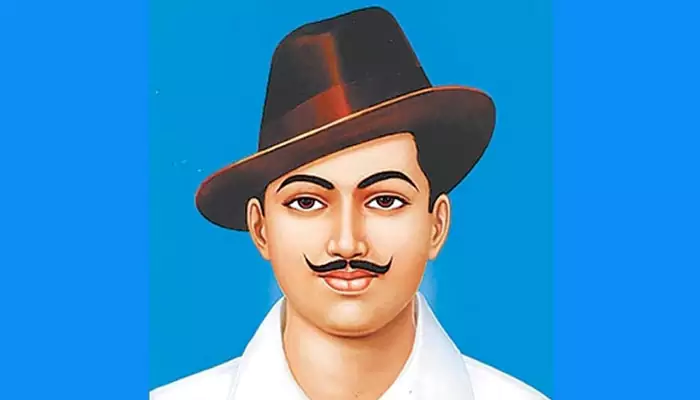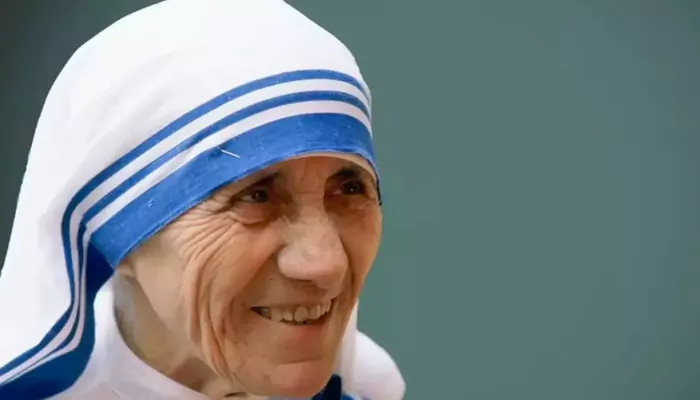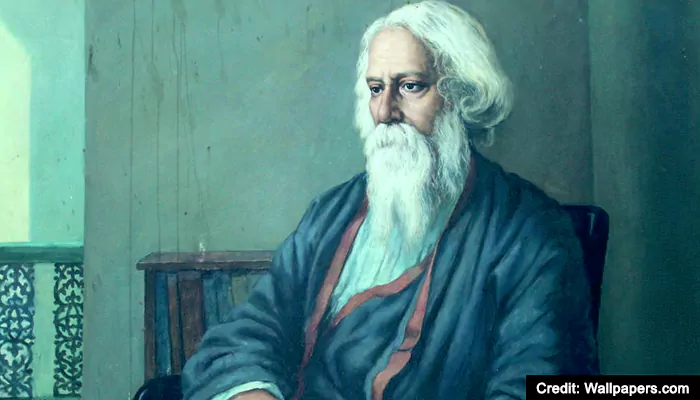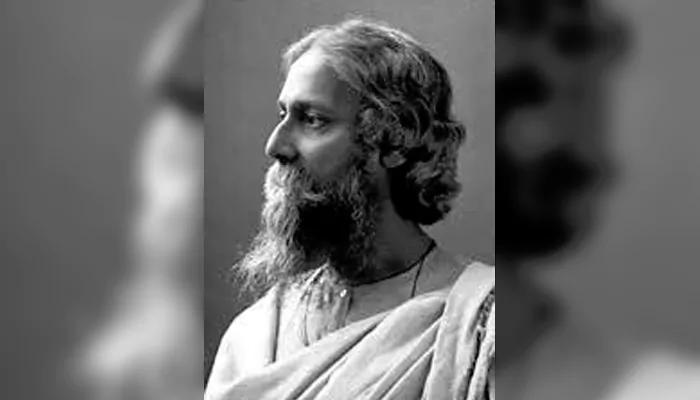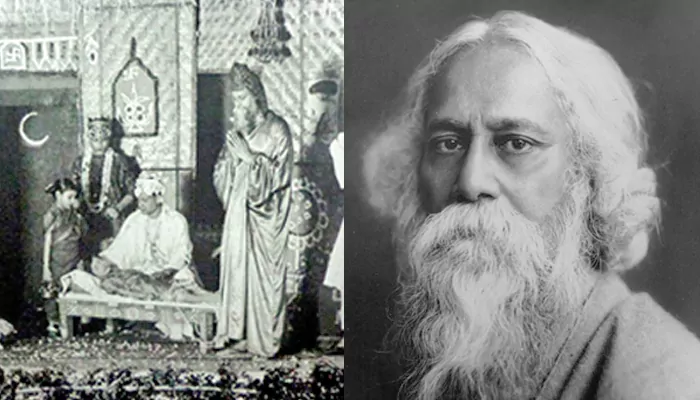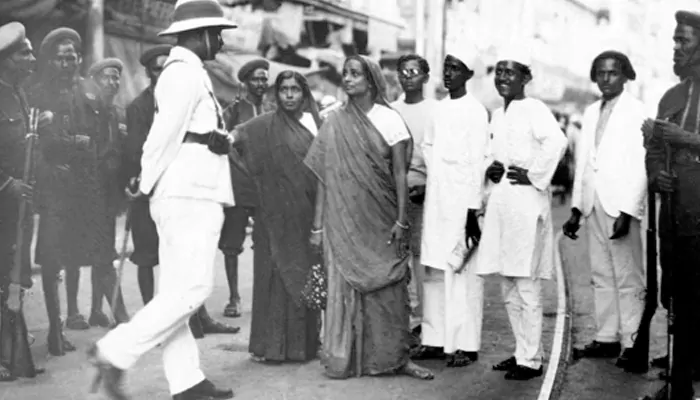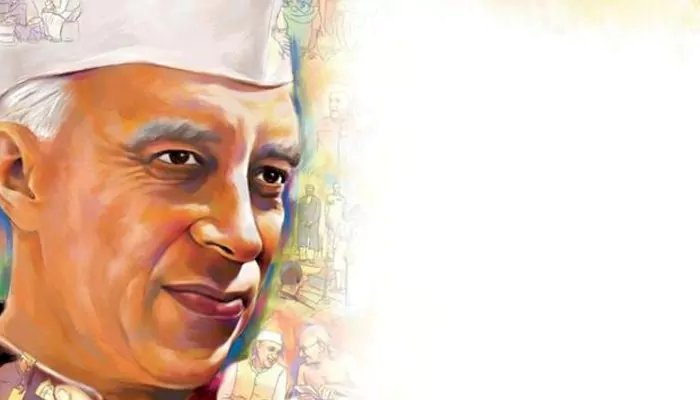Bhagat Singh’s Martyrdom Day: Lesser-Known Facts About the Revolutionary Icon
- Devyani
- 8 months ago
- 6 minutes read
Bhagat Singh’s Martyrdom Day is more than just a date in history—it’s a reminder of the fiery spirit of a young revolutionary who dared to dream of a free India. But how much do we *really* know about him? Let’s uncover some lesser-known facts about this iconic freedom fighter.
Okay, so most of us know the basics: Bhagat Singh was a revolutionary freedom fighter who was hanged by the British at the young age of 23. He was bold, fearless, and unapologetically passionate about India’s independence. But here’s the thing—Bhagat Singh wasn’t just a rebel with a cause; he was a thinker, a writer, and a visionary. His life was a blend of action and ideology, and his legacy goes way beyond the famous slogan *“Inquilab Zindabad!”* (Long live the revolution!).
The Young Bhagat: A Rebel in the Making
Did you know Bhagat Singh was just 12 when the Jallianwala Bagh massacre happened in 1919? Yep, that’s right. While most kids his age were busy with school and games, young Bhagat visited the site of the massacre and collected soil stained with the blood of the victims. He kept it as a reminder of the atrocities committed by the British. Talk about being woken at a young age!
Another fun fact: Bhagat Singh was initially inspired by Mahatma Gandhi’s Non-Cooperation Movement. But when Gandhi called off the movement after the Chauri Chaura incident, Bhagat felt let down. He believed that freedom couldn’t be won through non-violence alone. And that’s when he started leaning toward revolutionary activism.
The Man Behind the Icon: Lesser-Known Traits
Bhagat Singh wasn’t just about throwing bombs and making bold statements. He was a voracious reader and a prolific writer. He devoured books on socialism, communism, and revolution. In fact, during his time in jail, he wrote extensively—essays, letters, and even a diary. His writings reveal a deeply philosophical mind, way ahead of his time.
![]()
(Credit: Hindustan Times)
Here’s something you might not know: Bhagat Singh was a bit of a fitness enthusiast. He believed that a strong mind needed a strong body. He exercised regularly and even encouraged his fellow revolutionaries to stay fit. Who knew, right?
Oh, and let’s not forget his sense of humor! Despite the grim circumstances, Bhagat Singh had a witty side. When he was arrested after the Assembly bomb incident, he didn’t resist. Instead, he calmly waited for the police, smoking a cigarette. When asked why he didn’t run, he joked, “Why should I run? I’m not a thief!”
The Assembly Bombing: Not What You Think
The bombing of the Central Legislative Assembly in 1929 is one of the most famous episodes of Bhagat Singh’s life. But here’s the twist: the bombs he and Batukeshwar Dutt threw were not meant to kill anyone. Nope, they were low-intensity bombs aimed at causing minimal damage. The real goal? To make noise—literally and figuratively.
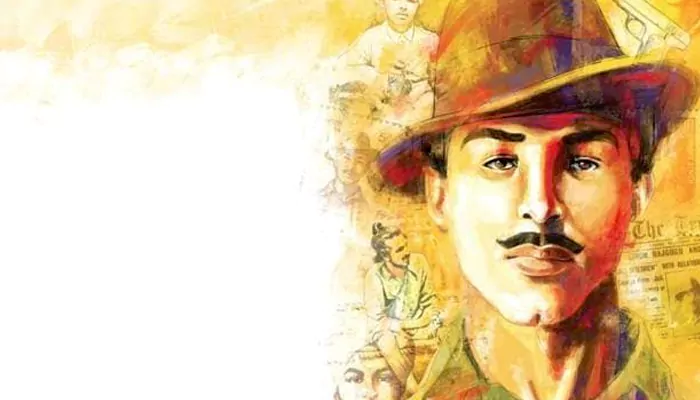
(Credit: Hindustan Times)
Bhagat Singh wanted to use the incident as a way to spread their message of revolution. After the bombing, instead of fleeing, he and Dutt stayed put, showered leaflets, and shouted “Inquilab Zindabad!” They even courted arrest to use the trial as a platform to speak about their cause. Now that’s some next-level strategizing.
The Hunger Strike That Shook the British
While in jail, Bhagat Singh and his comrades went on a hunger strike to protest the inhumane treatment of Indian prisoners. And guess what? This wasn’t just a short-lived protest. It lasted for 116 days! Yep, you read that right. The strike gained massive public support and put immense pressure on the British authorities.
During this time, Bhagat Singh’s health deteriorated, but his spirit remained unbroken. He even wrote letters to the British government, demanding better conditions for prisoners. His determination and resilience during this period are nothing short of inspiring.
The Trial and Execution: A Heartbreaking End
Bhagat Singh’s trial for the murder of British officer John Saunders (a case of mistaken identity, by the way) was a farce. The British were determined to make an example of him. Despite the unfair trial, Bhagat Singh used the courtroom as a stage to voice his revolutionary ideas. His speeches and statements during the trial are still quoted today.
On March 23, 1931, Bhagat Singh, along with Rajguru and Sukhdev, was hanged in Lahore Central Jail. But here’s a chilling detail: the execution was carried out a day earlier than scheduled. The British didn’t want to risk public outrage, so they quietly hanged him at night. When the news broke, it sent shockwaves across the nation.
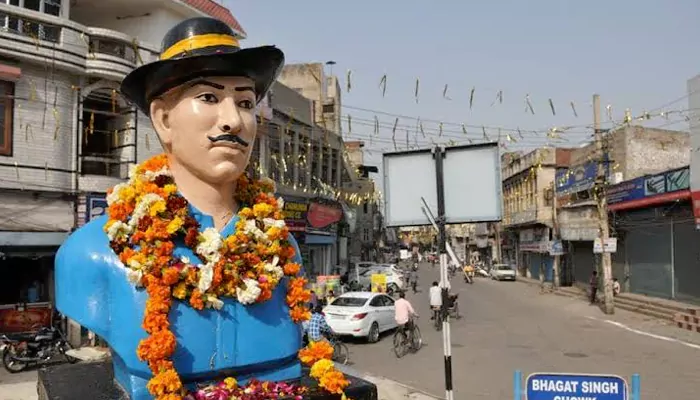
(Credit: Hindustan Times)
Bhagat Singh’s Legacy: More Than Just a Martyr
Bhagat Singh’s martyrdom made him a symbol of resistance, but his legacy is much deeper. He wasn’t just fighting for independence; he was fighting for a society free from exploitation, inequality, and oppression. His ideas on socialism and secularism were way ahead of his time.
Today, Bhagat Singh’s life reminds us that revolution isn’t just about grand gestures—it’s about standing up for what’s right, even when the odds are stacked against you. His courage, intellect, and unwavering commitment to his ideals continue to inspire generations.
So, why should we care about Bhagat Singh today? Because his story isn’t just about the past; it’s about the present and the future. In a world where standing up for justice often feels like an uphill battle, Bhagat Singh’s life is a reminder that change is possible—but it requires courage, conviction, and a willingness to fight for what you believe in.
As we remember him on his Martyrdom Day, let’s not just celebrate the icon but also reflect on the values he stood for. After all, the spirit of Inquilab lives on, not just in history books, but in every act of courage and defiance against injustice.

